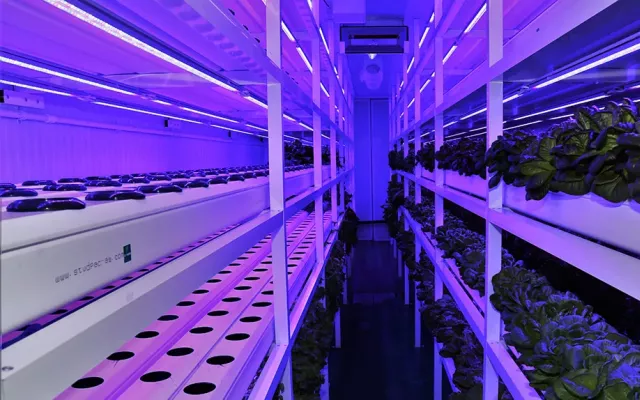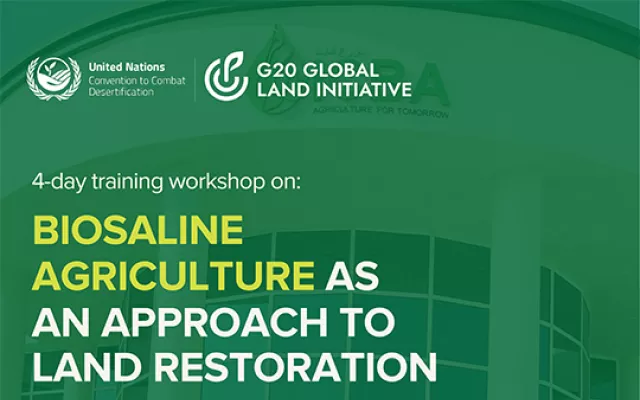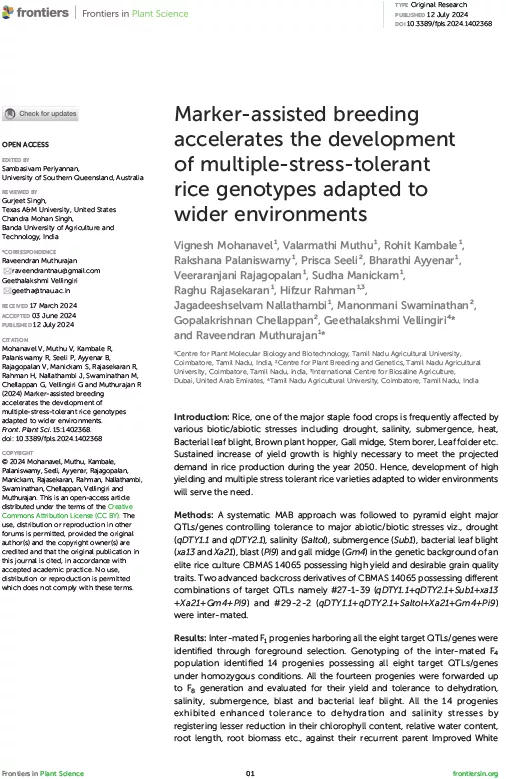Marker-assisted breeding accelerates the development of multiple-stress-tolerant rice genotypes adapted to wider environments
Introduction: Rice, one of the major staple food crops is frequently affected by various biotic/abiotic stresses including drought, salinity, submergence, heat, Bacterial leaf blight, Brown plant hopper, Gall midge, Stem borer, Leaf folder etc. Sustained increase of yield growth is highly necessary to meet the projected demand in rice production during the year 2050. Hence, development of high yielding and multiple stress tolerant rice varieties adapted to wider environments will serve the need.
Methods: A systematic MAB approach was followed to pyramid eight major QTLs/genes controlling tolerance to major abiotic/biotic stresses viz., drought (qDTY1.1 and qDTY2.1), salinity (Saltol), submergence (Sub1), bacterial leaf blight (xa13 and Xa21), blast (Pi9) and gall midge (Gm4) in the genetic background of an elite rice culture CBMAS 14065 possessing high yield and desirable grain quality traits. Two advanced backcross derivatives of CBMAS 14065 possessing different combinations of target QTLs namely #27-1-39 (qDTY1.1+qDTY2.1+Sub1+xa13 +Xa21+Gm4+Pi9) and #29-2-2 (qDTY1.1+qDTY2.1+Saltol+Xa21+Gm4+Pi9) were inter-mated.
Results: Inter-mated F1 progenies harboring all the eight target QTLs/genes were identified through foreground selection. Genotyping of the inter-mated F4 population identified 14 progenies possessing all eight target QTLs/genes under homozygous conditions. All the fourteen progenies were forwarded up to F8 generation and evaluated for their yield and tolerance to dehydration, salinity, submergence, blast and bacterial leaf blight. All the 14 progenies exhibited enhanced tolerance to dehydration and salinity stresses by registering lesser reduction in their chlorophyll content, relative water content, root length, root biomass etc., against their recurrent parent Improved White Ponni/CBMAS 14065. All the 14 progenies harboring Sub1 loci from FR13A exhibited enhanced survival (90 - 95%) under 2 weeks of submergence /flooding when compared to their recurrent parent CBMAS 14065 which showed 100% susceptibility The inter-mated population showed a enhanced level of resistance to bacterial leaf blight (Score = 0 to 2) against blast (Score – 0) whereas the susceptible check CO 39 and the recurrent parent CBMAS 14065 recorded high level of susceptibility (Score = 7 to 9).
Conclusion or discussion: Our study demonstrated the accelerated development of multiple stress tolerant rice genotypes through marker assisted pyramiding of target QTLs/genes using tightly linked markers. These multiple stress tolerant rice lines will serve as excellent genetic stocks for field testing/variety release and also as parental lines in future breeding programs for developing climate resilient super rice varieties.







